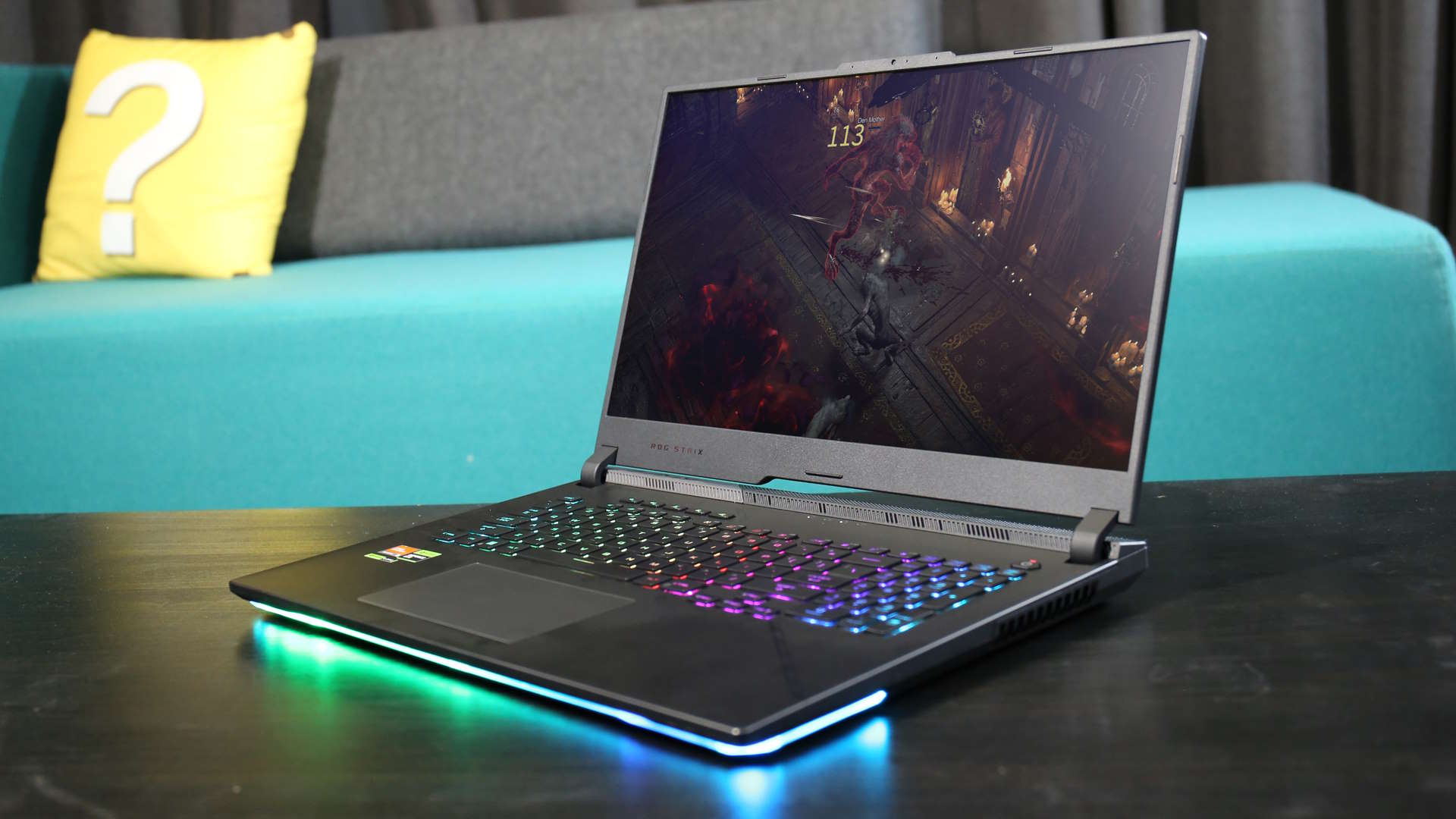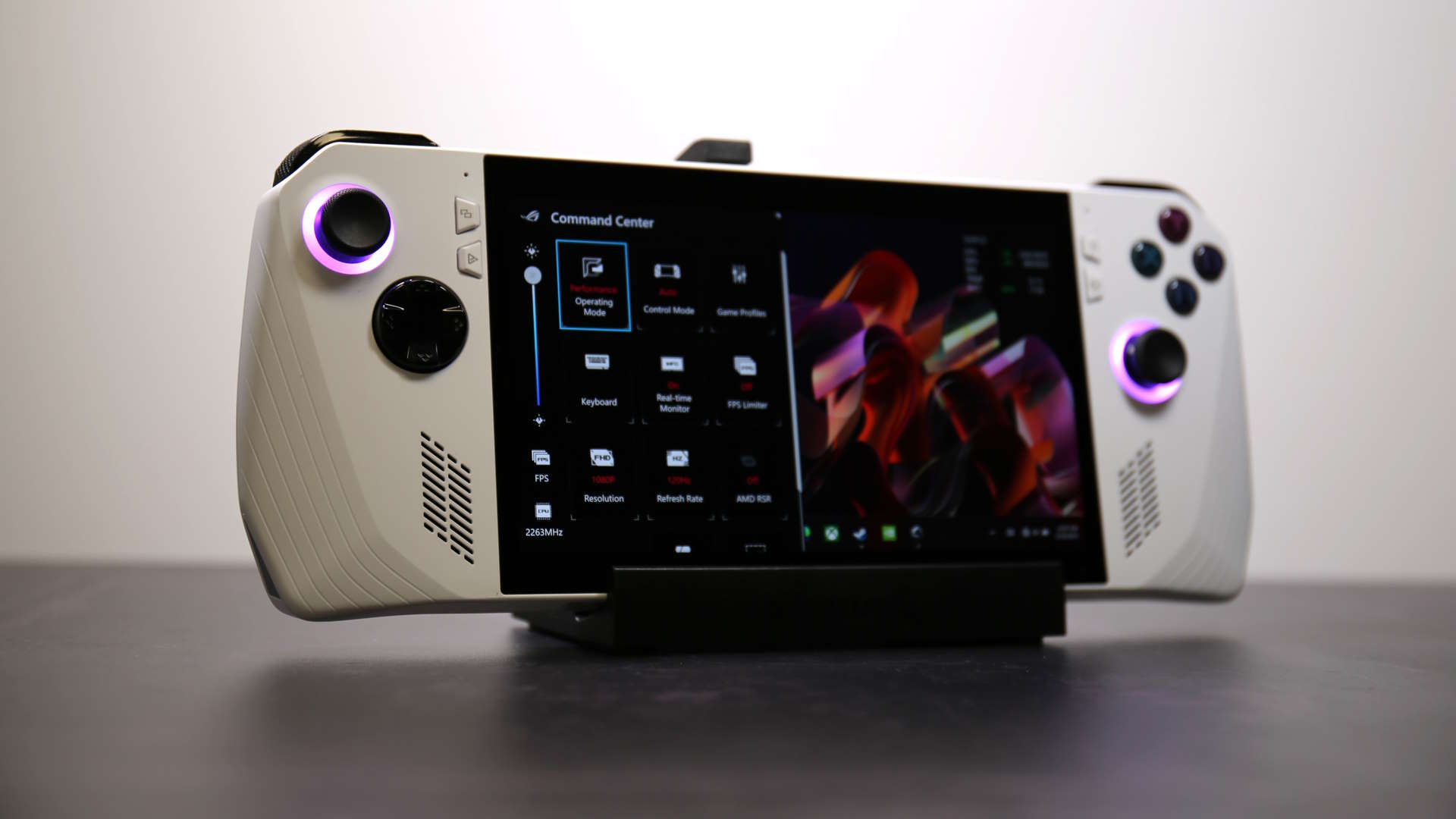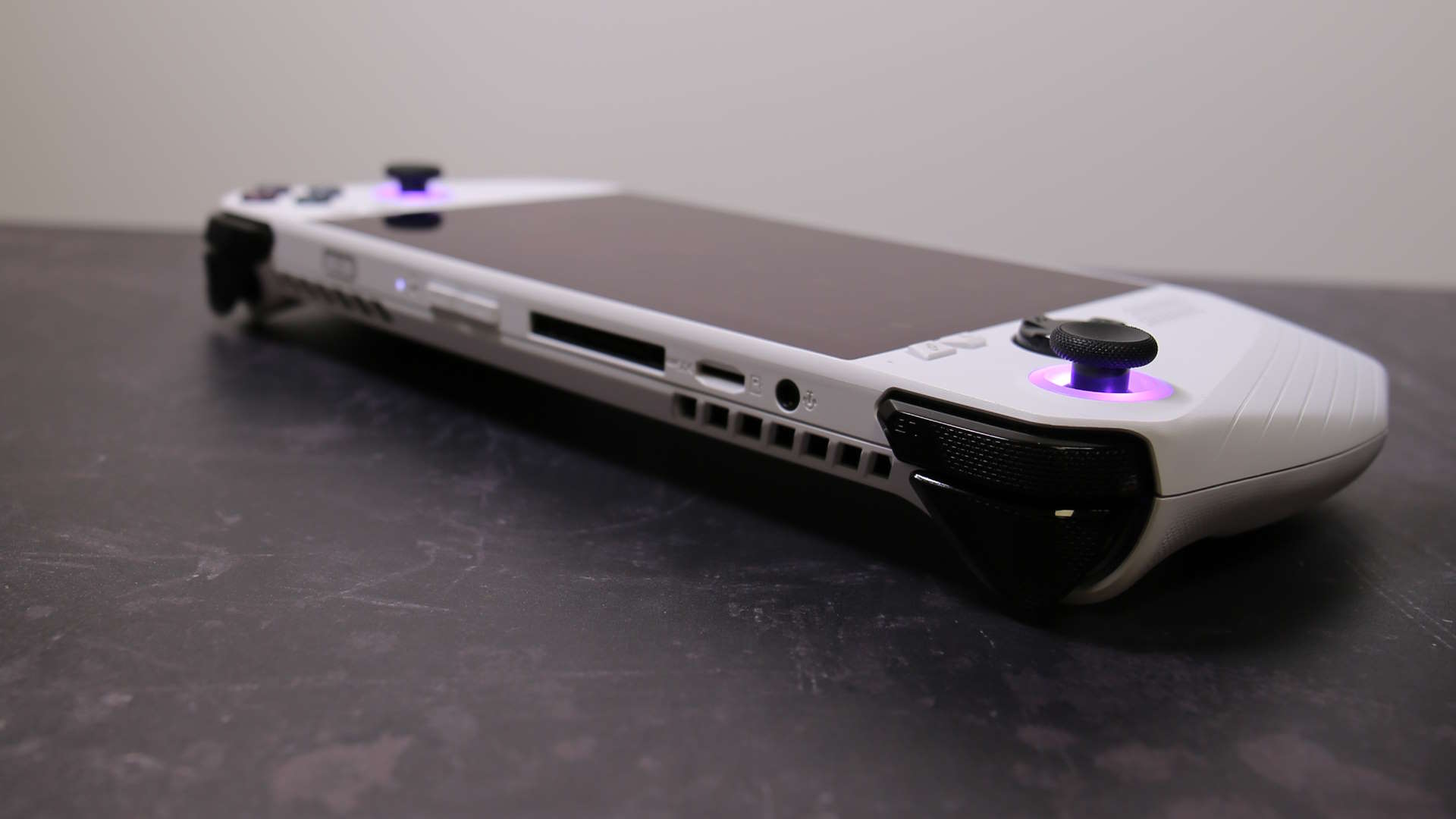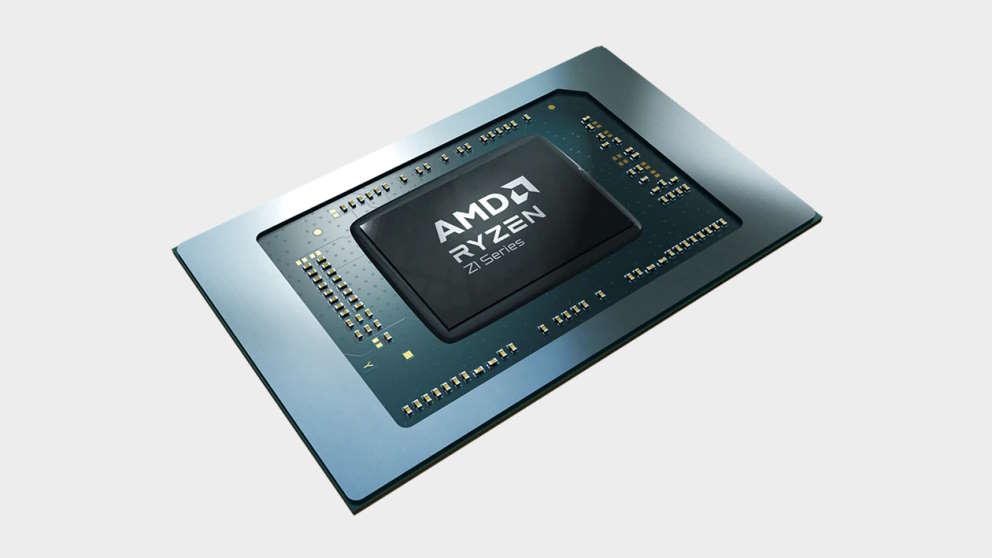

This month I have been mostly playing Elden Ring: Playing with Asus' new handheld gaming PC has actually got me back into Elden Ring. Well, it's made me start again, because I had absolutely no idea how my character played having left them in the Lands Between to fend for themselves for months.
This month I have been testing: That ROG Ally handheld. I know it's got some Windows bull to deal with, and its battery life blows, but as a device it's lovely. The screen is gorgeous and it actually makes a really impressive docked PC with genuine 1080p gaming performance. I've also loved pulling a Framework 13 laptop completely apart to test the Intel 13th Gen mainboard and the other upgraded parts Framework has created.
Can we just take a moment to acknowledge that AMD is absolutely killing it in laptop chips right now? We spend a lot of time talking about the DIY desktop market in terms of individual silicon wins, but it's rare that we champion mobile CPUs specifically.
We generally talk in terms of the laptops themselves, and then secondarily what chips have been slapped inside them.
But, damn, the latest AMD mobile parts have been ace. I've recently checked out the Asus ROG Strix Scar 17, the first of the new AMD Dragon Range gaming laptops I've seen. If you're wondering what the 'Dragon Range' thing is, you're probably not alone.
Dragon Range is AMD's codename for its high-performance Zen 4-based Ryzen 7000-series mobile processors. And it's not messing around. The top Ryzen 9 7945HX is a 16-core, 32-thread beast that positively chews through any number crunching tasks you could throw its way—and does so comfortably quicker than Intel's best.
I've not necessarily loved the actual Asus laptop itself, but the silicon inside it is hard to beat.
These chips are effectively the mobile equivalent of AMD's desktop Ryzen 7000-series processors, and as such the GPU component is some weak-heart RDNA 2 integrated graphics just designed to keep the lights on the monitor. But this class of processor is always paired with a dedicated graphics card, so that's not a concern at all.
But where the Zen 4 processors haven't set the world alight on the desktop… hmm, sorry, unfortunate phrasing in light of the Ryzen 7000X3D burning problems… where the Zen 4 processors haven't been particularly well received on the desktop, they are kicking games and taking names in mobile form.


The other side of the Ryzen 7000 coin is the Phoenix range of APUs. The first to fall into my hands has been the Z1 Extreme built into the Asus ROG Ally handheld gaming PC. That's a bit of a special case, but not much because it's ostensibly exactly the same AMD silicon as the Ryzen 7 7840U that's going into laptops and other handheld devices this year.
And it's unlike any other APU I've ever toyed with because it's almost fulfilling the promise of the custom chips AMD's been filling out the current generation of games consoles with. Okay, it's not quite giving true PlayStation 5 vibes with its 12 compute units in its RDNA 3 GPU, but that's still a very healthy bit of graphics silicon to drop into any mobile device.
Especially one that's not going to sound like a turbine every time you turn it on, embarrass you in public, or drain your laptop's battery in 40 minutes.
But there's no compromise on the actual CPU side of the APU equation to balance that powerful GPU component. That Ryzen 7 7840U comes with eight cores and 16 threads of processing power. That puts it on a level footing with most mobile Core i7 CPUs from team Intel, sometimes even beats them.
You can see in my Framework 13 Intel 13th Gen mainboard testing just how far ahead of the latest Core i7 the chip inside the ROG Ally is in comparison. And dock the ROG Ally and it becomes a surprisingly powerful little work machine that's able to offer a little light 1080p gaming on the go.

Right now, there isn't anything Intel can offer in response to these chips. Even its most powerful processors are lagging behind the genuine 16-core Dragon Range chip, and its Meteor Lake chips are going to have to be damned good to be able to make a dent in AMD's current mobile dominance.
Well, in performance terms, at least. Intel still dominates in terms of the number of laptops that sport its chips, and is far more a visible presence at retail, too.
But when it comes to the handheld side of things, Intel's got nothing. It can maybe offer a chip with the same raw processing performance, but it doesn't have anything with an iGPU component that can actually deliver proper gaming performance. And I don't think Meteor Lake is going to be able to do that, especially not at the low power end of the market.
So yeah, good work AMD, you're nailing it. Now, what about those mobile graphics cards, eh?







